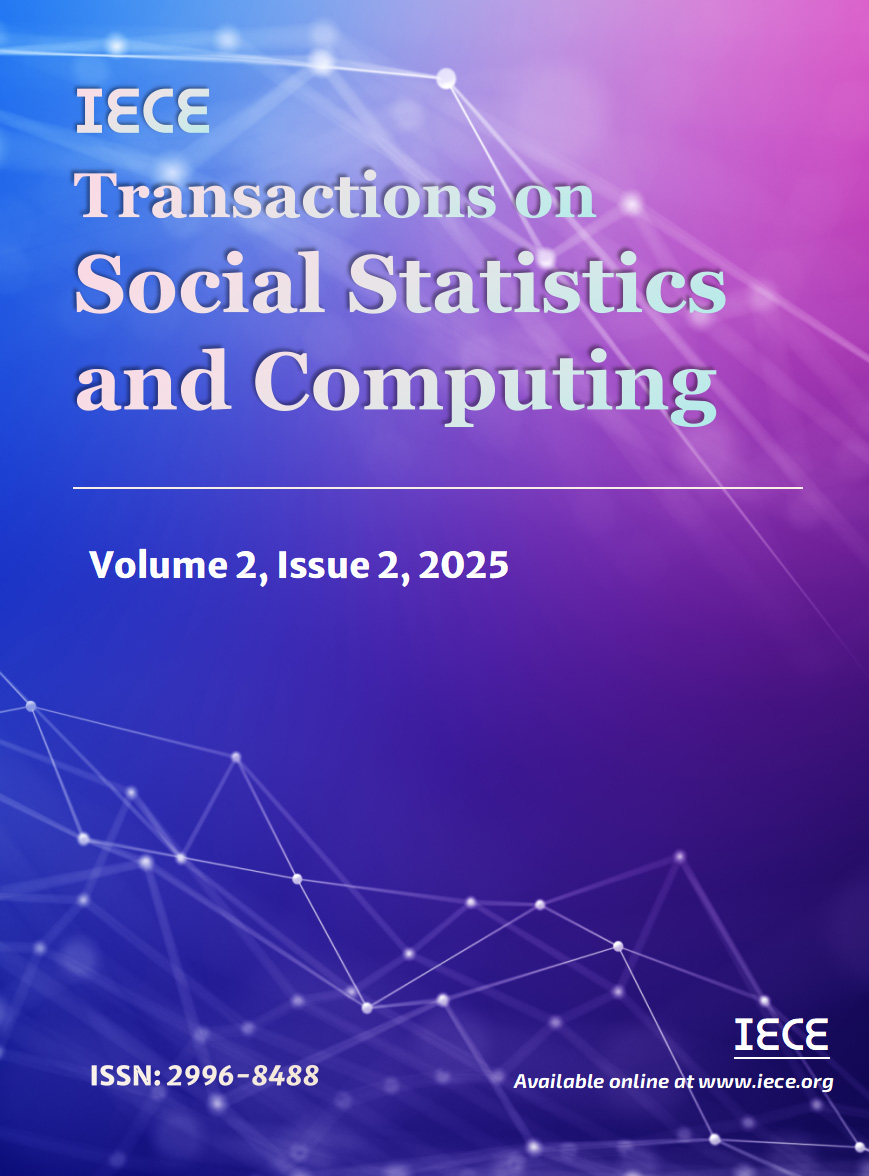Abstract
This article focuses on the problem of imbalanced input-output in agricultural science and technology and analyzes its current situation, covering input, output, and imbalance manifestations. Elaborate on the constraining effects of this imbalance on rural economic development in three aspects: agricultural production, farmers' income, and rural social stability; Exploring the causes from multiple dimensions of input, output, and other factors. And targeted measures such as optimizing investment mechanisms, enhancing conversion capabilities, and reducing risks are proposed, aiming to provide reference for improving the input-output situation of agricultural science and technology and promoting rural economic development.
Keywords
agricultural technology
input output imbalance
rural economic development
transformation of scientific and technological achievements
Data Availability Statement
Data will be made available on request.
Funding
This work was supported by the Zhong Kai College of Agricultural Engineering Graduate Student Science and Technology Innovation Fund under Grant KJCX2024031 and General Program of the National Social Science Foundation under Grant 21BSH104. The funding institutions had no role in the study design, data collection and analysis, decision to publish, or preparation of the manuscript.
Conflicts of Interest
The authors declare no conflicts of interest.
Ethical Approval and Consent to Participate
Not applicable.
Cite This Article
APA Style
Chen, R., & Lu, X. (2025). Agricultural Science and Technology Input-output Imbalance Constrains Development Problems and Results Transformation Countermeasures. IECE Transactions on Social Statistics and Computing, 2(2), 55–64. https://doi.org/10.62762/TSSC.2025.252426
Publisher's Note
IECE stays neutral with regard to jurisdictional claims in published maps and institutional affiliations.
Rights and permissions
Institute of Emerging and Computer Engineers (IECE) or its licensor (e.g. a society or other partner) holds exclusive rights to this article under a publishing agreement with the author(s) or other rightsholder(s); author self-archiving of the accepted manuscript version of this article is solely governed by the terms of such publishing agreement and applicable law.


 Submit Manuscript
Edit a Special Issue
Submit Manuscript
Edit a Special Issue
